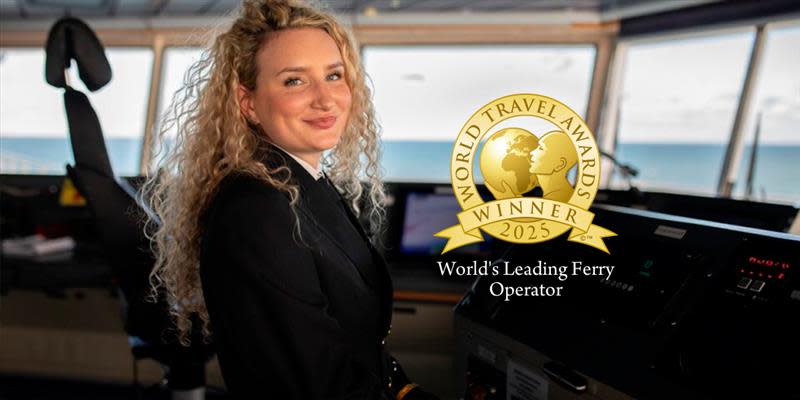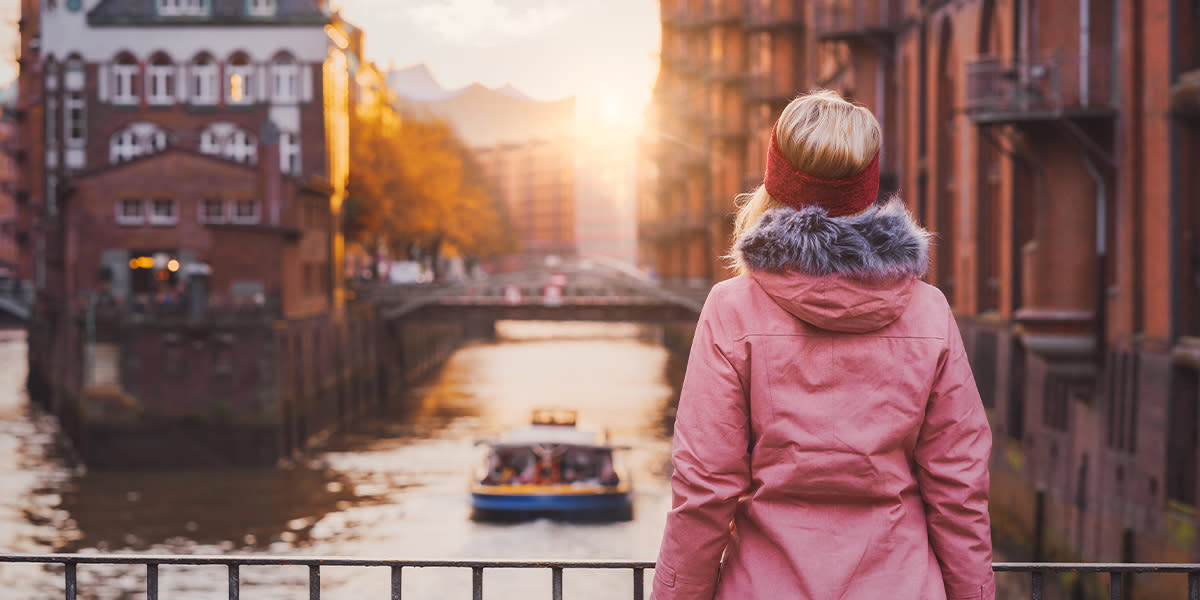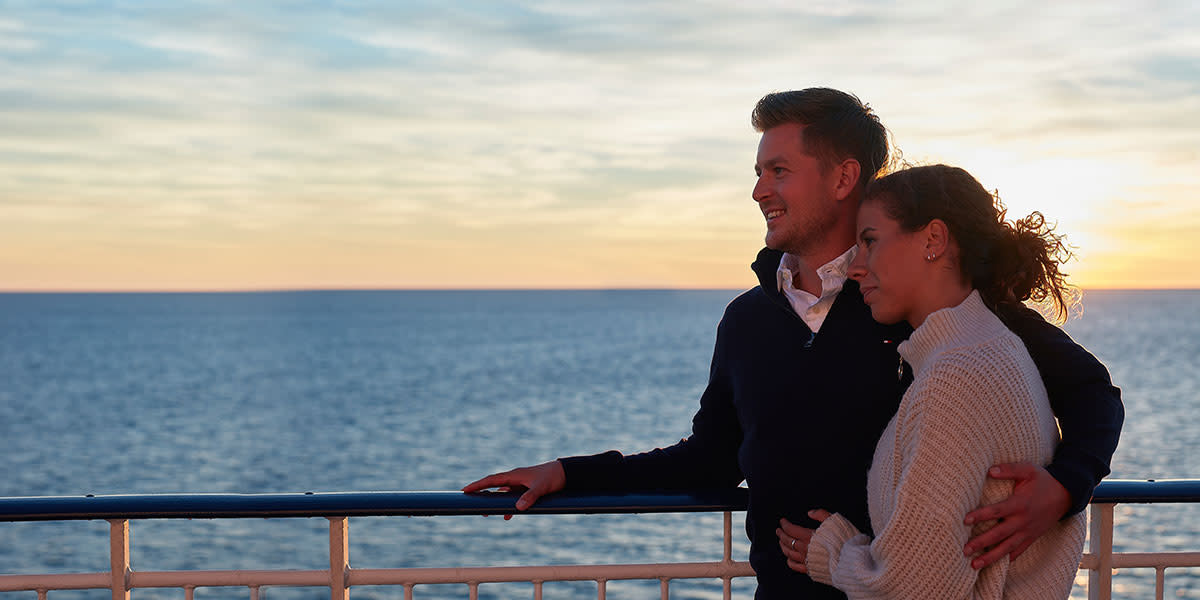
Driving to Western Europe
Tips for safe travel for those traveling by car to Western Europe
Longing-traveling people are increasingly considering traveling by car when planning a vacation abroad. A survey of the Lithuanian population conducted by DFDS shows that as many as 40 percent. in a pandemic, travelers would prefer a car than a train, bus or plane. When planning a car trip abroad, it is important to estimate the cost of such a trip and choose the most appropriate route.
Lithuanians traveling abroad in four-wheeled vehicles choose to transit through Poland, but travelers often underestimate the risks and additional travel costs they face when deciding to travel across the country.
Long journeys are dangerous
Lithuanians and other residents of the Baltic States often travel through Poland to reach the cities of the European continent, but it is forgotten that the fatigue experienced during a long trip can cause dangerous situations on the roads. 2019 According to the European Commission, Poland is in third place in terms of the number of people killed in car accidents per million inhabitants. By comparison, Poland has 77 accidental deaths per million inhabitants and Sweden has 22 deaths per million inhabitants.
According to a study by the Central European Journal of Public Health, the majority of accidents and fatalities on Polish roads occur during the holidays and on weekends - on Fridays and Saturdays, when the number of road passengers increases. Most accidents in Poland occurred in favorable weather conditions, daylight and on dry roads. Experts emphasize that good weather conditions reduce congestion and force drivers to disregard the rules on the road and, most importantly, encourage speeding.
Drivers crossing Poland point to high traffic. The main transit road for heavy vehicles between the east and the west passes through this country, and although Poland is carrying out road repairs rapidly, building new ones, many sections are not safe due to road repairs. Renovation work is often done during the holidays, especially in the summer, so traveling on warm days is also not the safest option. In addition, some major roads between major cities and towns may be narrow.
The pandemic situation in Poland is difficult
Another important aspect worth noting when preparing to travel by car through Poland is the complex epidemiological situation. The average for the last seven days of coronavirus infections in Poland exceeds 10,000 cases per day. At present, our neighbors are in seventh place in Europe in terms of the number of people infected. Also in Poland, there are still requirements to wear masks in all public places, including open spaces: streets, roads, car parks.
If you decide to travel by car through Poland, you will need to prepare for isolation in the country for 10 days or take an additional coronavirus test, which must be performed at least 48 hours before crossing the border. In addition, you will not be able to cover your face with any scarves or shields in public places - it is necessary to cover a mask specially designed for this purpose, otherwise you will face heavy fines, and only half of the passengers can travel in a car designed to carry more than seven passengers. This rule will not apply only to passengers living together. Such restrictions will cause inconvenience to those who want to travel with friends or family members not living together.
Safer travel alternatives
A study conducted by DFDS shows that during a pandemic, people want to travel and go to nearby countries, to see more of them, to travel longer. Weekend air travel has so far been the main alternative to car travel, but people are willing to choose cars during a pandemic. "More and more people are discovering car trips - today it is one of the safest vehicles precisely because of the possibility to restrict contacts. Of course, long transit trips can be tiring, so here the alternative is offered by ferries that allow you to move from Lithuania directly to Sweden or Germany by car, ”comments Vaidas Klumbys, DFDS Communications Manager for the Baltic States.
Ferries offer the opportunity to socially distance oneself from other passengers, which cannot be offered by airlines, buses, minibuses, as well as give travelers the opportunity to go outside and be outdoors or isolate themselves in their cabin. In addition, passengers do not have to wait in crowded luggage rooms to pick up their belongings.
During a pandemic, ferries are safer to travel than other vehicles and due to the constant circulation of air on board: fresh outdoor air circulates in all places on the ship and on the outer decks. There is also less contact with other people inside check-in and check-out. This allows passengers to relax, maintain the necessary distances, and feel safer. According to V. Klumbis, the car renaissance brought natural objects and more remote rural areas back to the horizons of travelers. An unexpected advantage is that ferries moor in ports that are a bit far from the big cities. This makes it easier for travelers to reach smaller tourist attractions, towns, ideal for people who want to relax without huge crowds in the streets, museums.
The car renaissance means there will be more people traveling on the roads, both for work and leisure. To prevent the trip from turning into sleepless hours in traffic jams or dangerous driving situations, it is necessary to consider all aspects of the trip and choose the safest and most convenient option.
Our routes

Proudly named the World’s Leading Ferry Operator
We did it! We retained our titles as both Europe’s Leading Ferry Operator and the World’s Leading Ferry Operator again in 2025.
We were also once again recognised as having the best website in our industry – scooping both the European and World awards in 2025.
A heartfelt thank you to everyone who voted, and to our passengers, colleagues and partners who contribute to our continued success – we couldn’t do it without you all.



